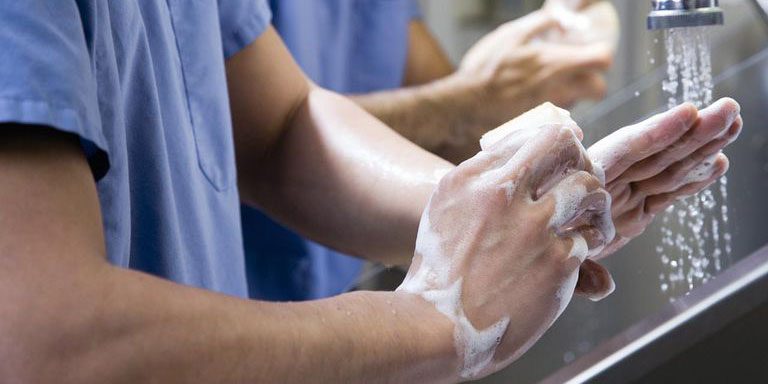Recently the CDC launched Life is Better with Clean Hands campaign. The goal of the campaign is to provide motivation for us all to make hand-washing part of everyday life to protect ourselves and set an example for our children. We in the laboratory are keenly aware of the need for hand washing in dealing with patients and during performance of activities involving potentially infectious materials. In fact, in the collection of a blood sample, the hands should be washed before applying gloves, and after gloves are removed, the hands again should be washed.
However, what example do we provide at home to our families? Around the world, it is estimated 1.8 million children under the age of five die each year from diarrheal disease and pneumonia, the two top killers worldwide of young children. CDC cites the following statistics:
- Hand-washing with soap could protect about one out of every three young children who contract diarrhea and almost 1 out of 5 young children with respiratory infections.
- Although people around the world clean their hands with water, very few use soap to wash them. Washing with soap is far more effective in removing organisms than just water alone
CDC cites five steps to wash hands appropriately:
- Wet the hands with clean, running water, either warm or cold, and apply soap.
- Lather the hands by rubbing them together with the soap. Lather the backs of the hands, between the fingers, and under the nails.
- Scrub the hands at least 20 seconds.
- Rinse the hands under clean running water.
- Dry the hands with a clean towel or air-dry them.
What about the use of hand sanitizer?
Soap and water works best. If not readily available alcohol-based hand sanitizers that contain at least 60% alcohol (according to the product label) can be used. However, you need to keep in mind:
- Sanitizers will not eliminate all types of organisms.
- Sanitizers may not be very effective when hands are visibly dirty or greasy.
- Hand sanitizers may not remove chemicals (pesticides and heavy metals) as effectively as soap.
- Apply the gel to the palm of one hand and rub the hands together. Continue to rub the gel over the hands and fingers until the hands are dry which should take about 20 seconds.
The bottom line for me…..we talk the talk and hopefully walk the walk when we are working in the laboratory. We should practice what we preach in the laboratory in the home - it will be a great example to our family members and potentially prevent transmission of infection.


.png?width=261&name=2021_newest_logo_cola-footer%20(1).png)


